We've been on lots of food tours, but this one was different: not a delicious round of small treats in a city or market, but an all-day round of shopping, home cooking, eating and even a little sightseeing with an experience Portuguese guide and cook.
Mercado da Ribeira, Lisbon: now split between traditional and gourmet.
We always look for food tours and events when we travel, and picked this one out while planning a late-fall trip to Lisbon. It was an easy pick: We had been on a great Lisbon food walk with the same company, Eat Drink Walk, a few years ago, when it was just starting.
 Filomena, at the Setubal Market
Filomena, at the Setubal Market
As it turned out, when we went to Lisbon's Mercado da Ribiera to meet our guide, we spotted each other immediately; Filomena, who runs the service, had been our guide in 2013, and had been the source of a great restaurant recommendation, Punto Final, across the river, as well.
First stop for the three of us and Filomena was at the market in Setubal, a small city on the peninsula that forms the south bank of the Tagus River near Lisbon. A huge and busy market, more so by far than Lisbon's old central market.
As usual, a wide variety of fish and other seafood—and one item that drew Filomena's displeasure: Barnacles (below) sold still attached to the rocks that form the basis for their colony. She pointed out that while it's easy and cheap to break bits off this way, in the long run it destroys the colony and future harvest.

 There's a lot to be seen in Setubal's market, including a wide range of citrus fruits. For us, coming from the northeast U.S., it's always surprising to see how many variations there are.
There's a lot to be seen in Setubal's market, including a wide range of citrus fruits. For us, coming from the northeast U.S., it's always surprising to see how many variations there are.
And if another reminder were needed how much the world's growing zones and climates vary, here are bananas grown in Portugal, whose southernmost parts are in the same latitude as Richmond, Virginia!
Holiday touches weren't the only whimsey in the market; huge figures of typical marketgoers and vendors of the past stand in the central aisle.


A few more bits of delicious-looking temptation, and we're on our way.
Continuing on from Setubal, Filomena drove us through the beautiful but hilly Parque Natural da Arrabida, which borders the Sado Estuary. Below, a view of the long Troia Peninsula that separates the estuary, in the distance, from the Atlantic. Not seen, to left of photo, is one of Portugal's largest cement factories, tucked into the edge of park land.
And then we arrived at Filomena's home in the village of Azeitão, where we met her husband and partner, Duarte, and their ancient-turned-modern farmhouse home...and an assortment of wine, cheeses and meats as a snack while preparing the main meal.
Filomena and Duarte in the kitchen, explaining and preparing.
Filomena and my wife Joan, filling shrimp with a garlic preparation. Before and after, below.
While the main dishes were cooking, an extra snack: a locally-made sausage, cooked over a hot flame in a ceramic grill. It was as delicious as it was beautiful.
And the before and after for pork and clams...
The two dishes were accompanied by small potatoes, cooked by tossing them in a covered pot on the stove with salt and garlic over very low heat. Duarte shook the pot every now and then, because when the sound becomes soft, they're done!
And, at last, dessert: Tortas de Azeitão, named for the town. Like all Portuguese sweets, it seems, this one features egg yolks and sugar. A pleasant end to the meal!
And a bonus: on the way back to Lisbon, Filomena and Duarte took us to a small-scale factory nearby which makes the traditional Portuguese tiles—azuleo—by old-fashioned handcraft methods, starting with the clay. Some are made for sale as individual pieces (we bought two) but are mostly commissioned for buildings. The tile-maker assured us these would last hundreds of years longer than machine-made tile: I've made a note to come back and discuss that with him in a couple or three centuries.
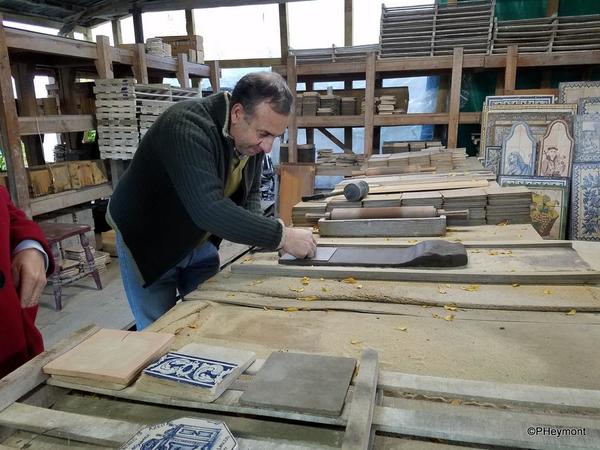
Here's one being assembled and tinted.
Before we parted, we asked for more restaurant recommendations; we'd enjoyed Punto Final both in 2013 and the previous week. Here are two of her recommendations that we were able to try, and to recommend ourselves.
Pharmacia is located in part of the building of the Museum and School of Pharmacy. We ate indoors (early December) but there's also lawn seating outside, and an incredible view of Cais do Sodre and the river. The pharmacy theme is carried almost to an extreme, with first-aid boxes used as wine coolers and cocktails offered as prescriptions, but it was fun. And the food, ranging from tapas to main dishes and desserts, was excellent. Unlike many restaurants in Lisbon, it's open from lunch until late, although the menu changes with the hour.
Carmo ThIs one really reminds you of Lisbon's hilly geography. Starting at the Rossio train station, take the elevator to the top floor of the building, several stories above the street. That's where the trains are. Now, leave by the back door, and follow your map up a few short blocks—and I mean UP—to Largo do Carmo 10. Then sit back and forget you're tired of walking: the wines were excellent, the food was excellent, and the staff very friendly. Almost all small shareable plates...and if we went again we would have passed up the very nice desserts for another platter of ajilo prawns.
And, of course, if you're going to Lisbon, here's a link for Eat Drink Walk



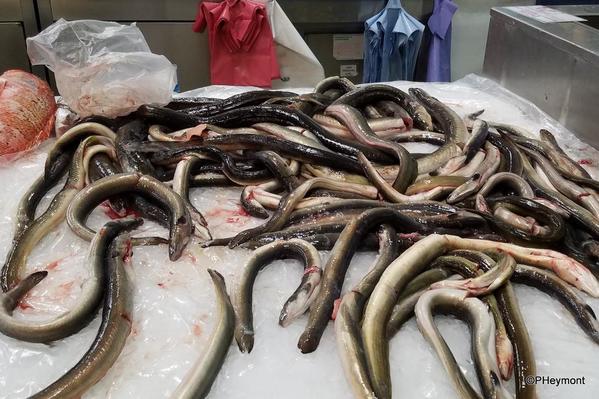


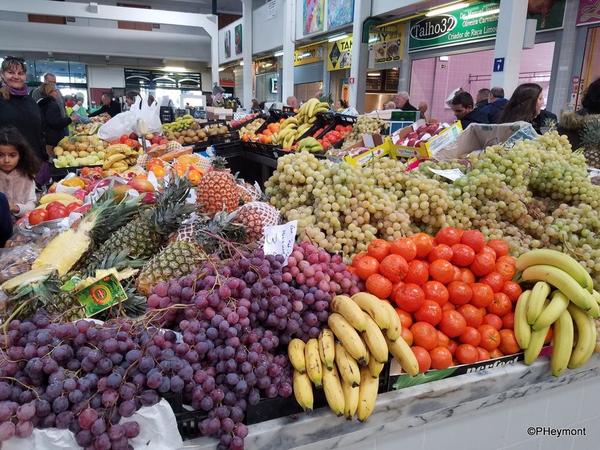


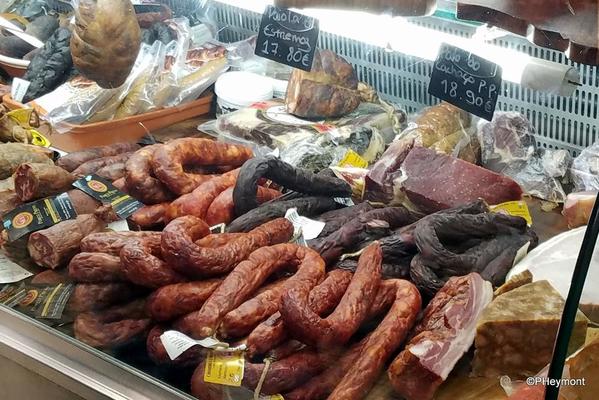

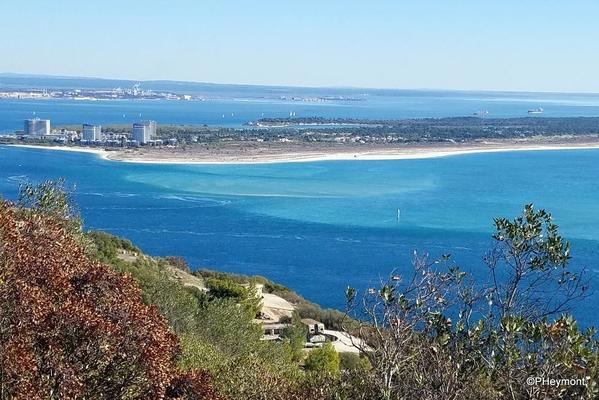
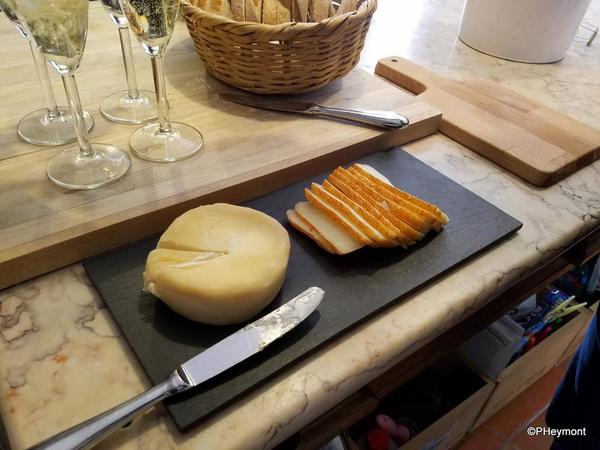
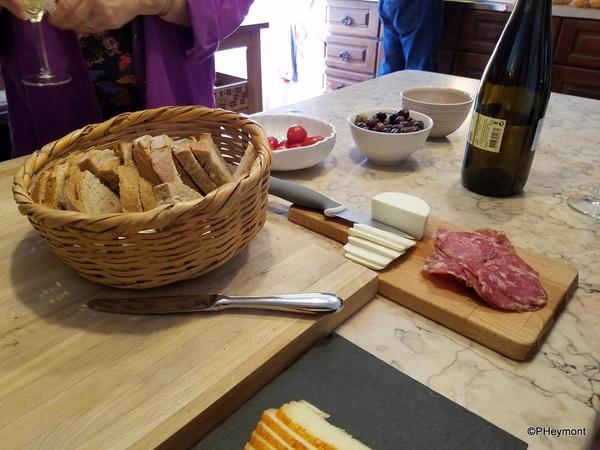
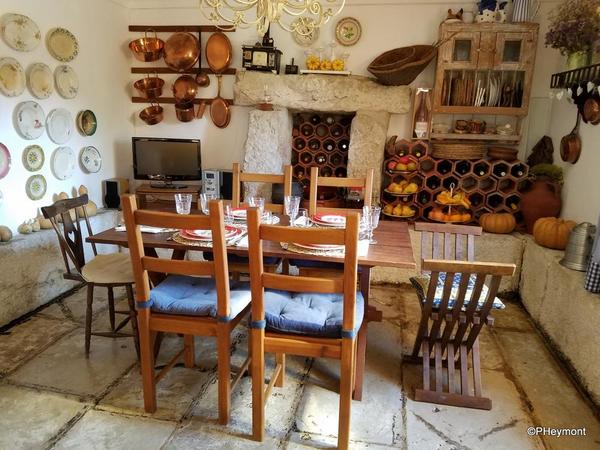
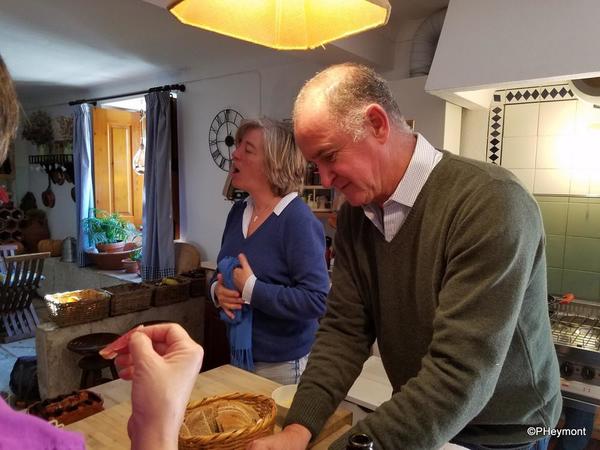
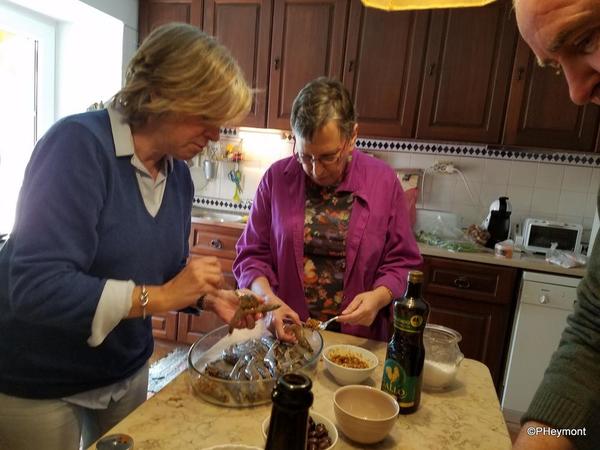

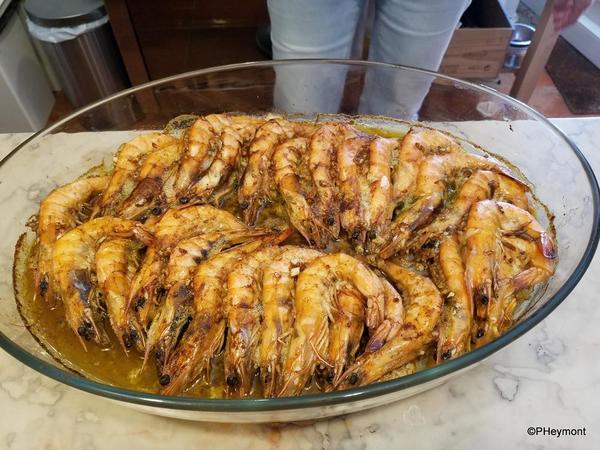


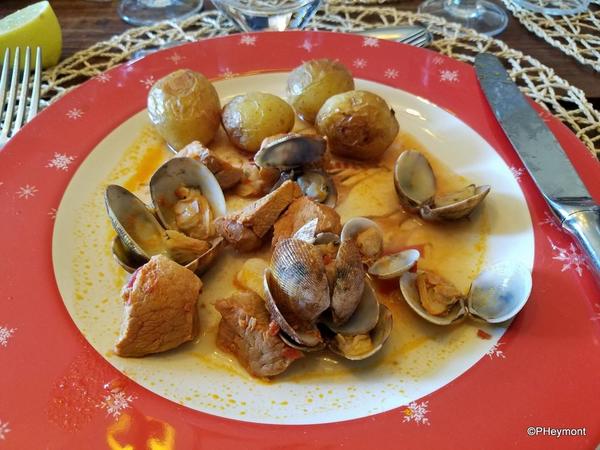






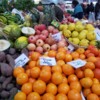
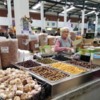
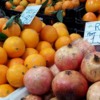



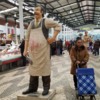











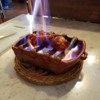
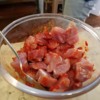




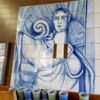

Comments (4)